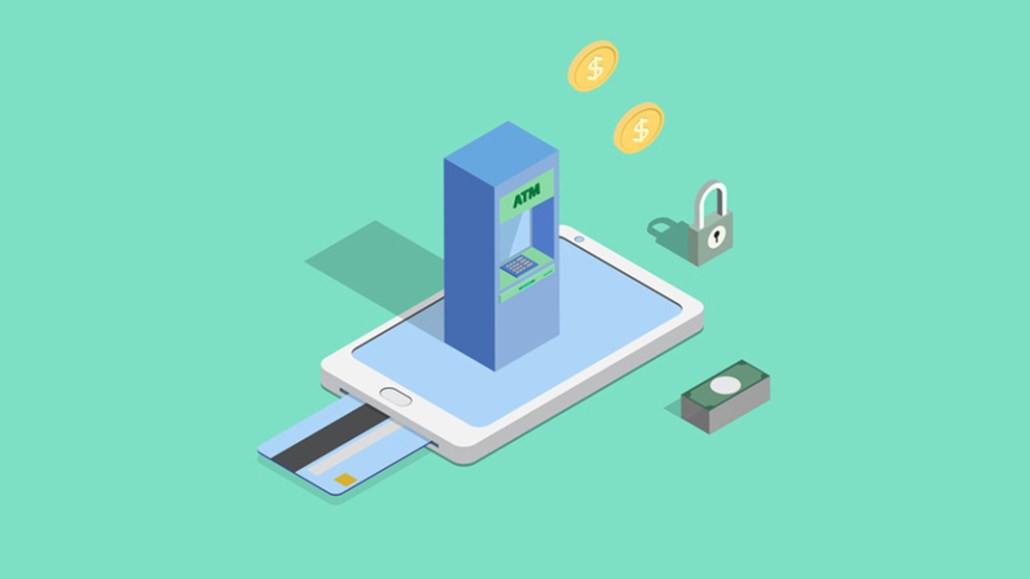Trends, predictions and pitfalls: What we can learn from digital payment transparency

In the digital media industry, there’s a big push for transparency. Publishers are demanding to know details around ad fraud, viewability and brand safety, all of which have a direct effect on payments from demand partners. If ad fraud goes up, payment goes down. And if brand safety is in jeopardy, the agency might not pay a publisher.
In order to combat these dangers, OAREX Capital Markets has joined the transparency initiative, disclosing credit data and details on digital advertising intermediaries, agencies and brands in our Digital Media Payments Study.
By analyzing key statistics from this report, those in the ad tech and digital media landscape can better understand the impact payments can have.
Digital media payment trends analysis
The number of late payments declined significantly in 2018. We attribute this to a few factors. For one, businesses get to a place of more efficiency as they develop along their lifecycle. We’re seeing some shakeouts in the market, but we’re also seeing consolidations, and with that comes efficiency among other firms.
It could also be a self-fulfilling prophecy — after OAREX gets involved, many of these media firms, for the first time, have to pay someone else — us. Their cooperation and obligation to pay OAREX could be the factor that reduces payment times, simply by virtue of us expecting to get paid on time.
Why do digital media companies pay late?
The most common reasons are those listed in our report: advertiser disputes, operational inefficiencies and financial troubles.
We see operational inefficiencies as the most common cause for late payments: emails going unanswered, unnecessary pushback to new things, or bureaucracy that prevents deals from getting done. These factors plague a huge number of digital media businesses. These are not credit-related barriers to getting paid by your customers, but it’s good to know if they’re inconsistent with how or when they pay you.
While consolidation among firms can bring efficiency, we’ve seen that most companies that get acquired pay late or inconsistently. This is likely due to inefficiencies in integrating multiple A/P departments vertically (think Verizon and OATH brands).
Another factor that creates payment delays is advertiser disputes, which although are still prevalent, are becoming rarer. These can be robotic traffic offsets for publishers, attribution fraud issues for mobile apps, or brand safety issues for video platforms. Some demand partners offset for the cost of robotic traffic/fake installs or CPMs that ruin brand safety.
The third reason for payment delays is financial stress. We typically discover financial stress when we underwrite for one of our publishers. These can include any type of demand-side partner within the digital media ecosystem. Signs of financial distress include lawsuits for not paying a client or vendor, tax liens, open collections accounts or even tips from the ad-ops subreddit.
What trends to watch in 2019
Our data leads us to believe that advertisers have baked the cost of fraud into their budgets. We see average robotic fraud for publishers around five to seven percent, but the majority of payment amounts are within one percent of the reported amount. Fraud hasn’t gone anywhere; it’s just that fraudsters are operating within the expected limits advertisers are willing to accept as a cost of doing business. If they ratchet up, they might not get paid, so they simply operate at or below advertisers willingness to accept fraud.
Acquisitions will continue to crush payment performance. When you hear about a big acquisition, don’t be surprised if a payment delay occurs. We’ve seen it with many acquired firms, as they are notoriously late or inconsistent as to the timing payment hits.
Lastly, we believe that payment delays in video will continue. Many video providers are growing too fast for their own good, and they’ve over-leveraged. A minor drop-off in demand for any of these companies could result in a major cash crunch for them and their publishers — not to mention the brand safety issues, which certain AI-enabled products are beginning to solve quite impressively.
Our advice? Raise cash before September, as payments tend to be all over the map and late in Q4. This is especially true in December, where payments late by 15+ days doubled this past year. The average late days in Q4 was nine days; it was six-and-a-half days during the entirety of 2018. Based on our analysis, a nine day delay in receiving payment could require a firm to have 15-20 percent more cash than usual on hand. It’s busy season for everyone, so it’s likely that things will fall through the cracks.
These statistics are just a glimpse into the data we compiled in our Digital Media Payments Study. To find out more, read our free report here.
More from Digiday

Media buyers shift spend from The Trade Desk’s OpenPath over transparency concerns
OpenPath offers buyers a “cleaner” route to publishers, but some are concerned about lack of clarity over indirect costs.

How the MAHA movement influenced food and beverage brands in 2025
The MAHA movement has come to stand for different things in different people’s eyes, depending on which initiatives they most closely follow.

Why Georgia-Pacific is turning its programmatic scrutinty to the sell side
The company is turning its attention to the sell side, zeroing in on the ad tech firms that move inventory for publishers — the supply-side platforms.





